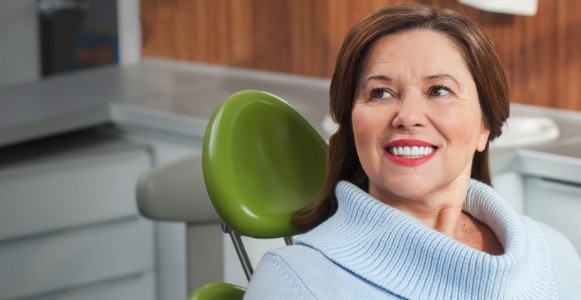Consultation
Advanced Dental Services & Technology – Marlboro, NJ
How Modern Dentistry Creates Better Smiles
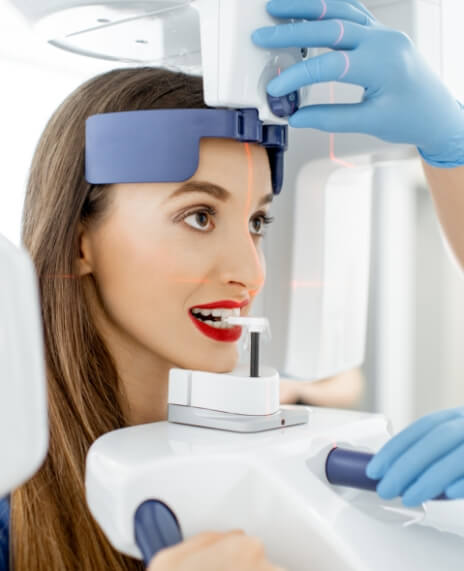
Dr. Yana knows how important it is to keep an eye on the latest advancements in dentistry so that the services she offers to her patients remain state of the art. From large screens to display intraoral images to iTero scanners that create detailed 3D models of the mouth, you’ll find plenty of examples of cutting-edge dental technology when you schedule an appointment at Cambridge Square Dental. Below are some examples of how technology has made our dental office better.
Intraoral Cameras
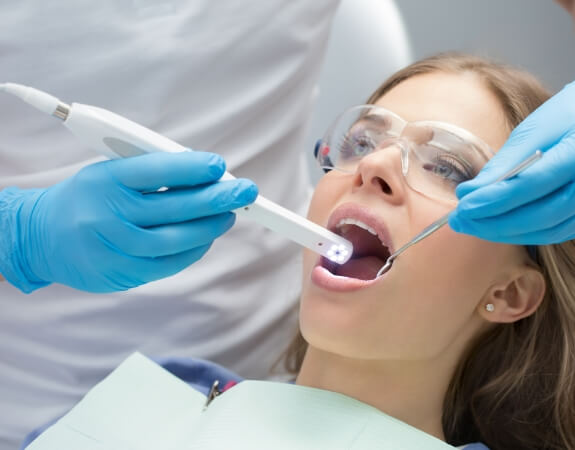
Our dental office uses both IRIS intraoral cameras from Digital Doc and Mouthwatch to capture images of the parts of your mouth that you normally wouldn’t see on your own. The images taken by these cameras are displayed on large screens so that we can point directly to tooth decay, gum disease symptoms, and other problem areas. You’ll no longer be left wondering what’s happening in your mouth; you can see exactly what we see, which can make it easier to understand our recommendations.
All-Digital X-Rays
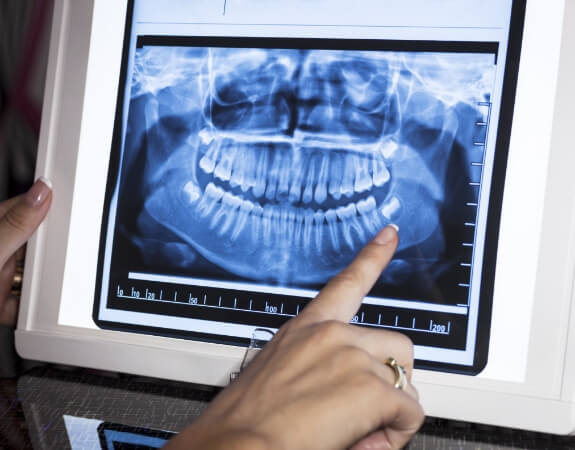
Anyone who’s visited a dentist’s office before probably already knows what a big part that X-rays play in the diagnosis of certain problems. Our dental office uses state of the art Schick sensors to develop higher quality images in less time. The process is much safer compared to traditional radiography techniques. Older X-rays exposed patients to a lot of radiation, but such exposure has been cut by as much as 80% with the rise of digital technology.
Digital Impression System
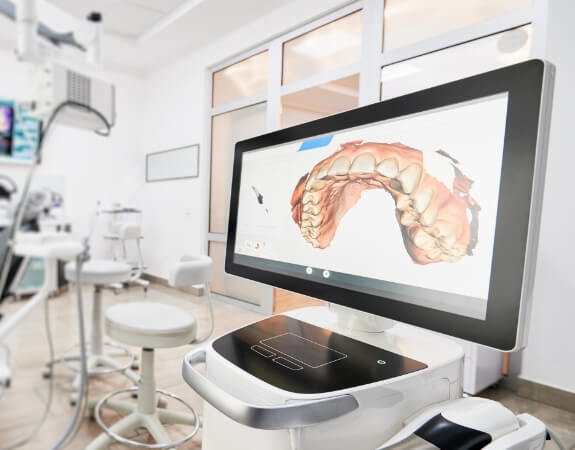
When you begin Invisalign® treatment, the first step is to take impressions of your teeth to act as models for designing the aligners. Instead of making you bite down on some unpleasant-tasting putty, however, we’ll instead have our iTero scanner take multiple pictures of your mouth and use them to create a highly precise three-dimensional model of your mouth. Digital impressions lower the risk of error and are therefore unlikely to need to be redone.


